The kitchens of the past were filled with gadgets that promised to make life easier but often did the exact opposite. From clunky devices that required too much effort to single-use tools that just took up space, many of these so-called “conveniences” ended up being more trouble than they were worth. While some were charming in their own way, others just left people wondering why they ever bothered. Here are 12 vintage kitchen gadgets that seemed like a good idea at the time—but in reality, just made cooking more complicated.
1. Hand-Cranked Egg Beaters
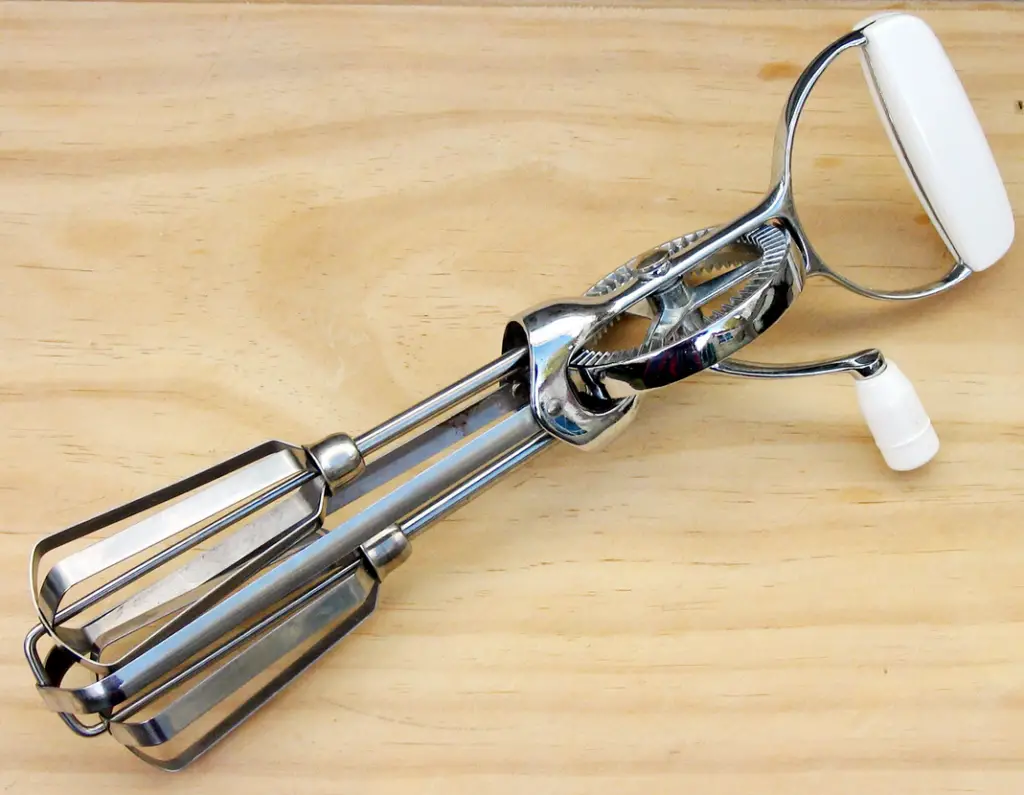
Before electric mixers, hand-cranked egg beaters were the go-to tool for whipping up batter or beating eggs into submission. The problem? They required serious arm strength, and if you lost your rhythm, you’d end up with an uneven mess. Plus, they had a habit of splattering everything in sight if you weren’t careful. Though they were a staple of kitchens not very long ago, their origins dates back over 200 years, according to The Henry Ford.
Electric mixers quickly made these relics obsolete, and for good reason. While some people still appreciate them for nostalgia, most home cooks would rather press a button than wrestle with a crank. Trying to make meringue with one of these? Forget it.
2. Butter Molds
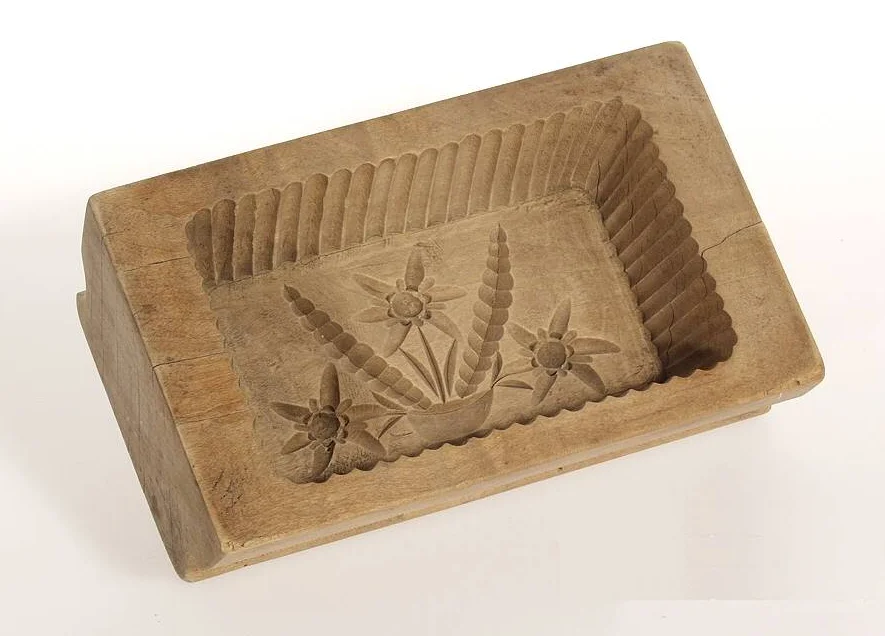
Butter molds were once a fancy way to shape butter into decorative patterns, making dinner parties feel extra elegant. These wooden molds often featured intricate floral or geometric designs, but getting the butter to cooperate was a challenge. It had to be the perfect temperature—not too soft, not too firm—or else the whole thing would stick or fall apart. According to Southern Living, butter molds have been gaining popularity as of Spring 2024.
After all that effort, most people realized they could just serve butter as it was. Unless you were running a high-end Victorian tea service, there was no real reason to go through all that trouble. Fancy butter may have impressed guests, but the hassle just wasn’t worth it.
3. Meat Grinders
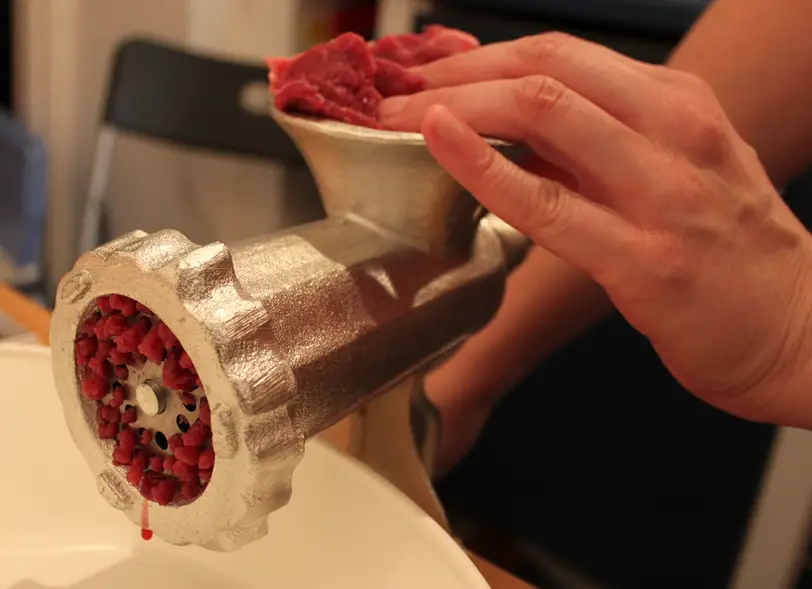
Every old-school kitchen seemed to have a heavy, cast-iron meat grinder clamped to the counter. The idea was great—grind your own meat at home for fresh burgers or sausage. But in reality, these things were a nightmare to clean, required a lot of elbow grease, and had way too many parts to keep track of. According to Farm Collector, vintage meat grinders are something of a collector’s item now, so keep an eye out in your kitchen for a hidden treasure.
Electric grinders and pre-ground meat quickly made them unnecessary. Anyone who ever tried to disassemble and wash one of these gadgets knows that the effort rarely matched the results. Unless you were an extremely dedicated home butcher, this was one tool better left in the past.
4. Jelly Molds
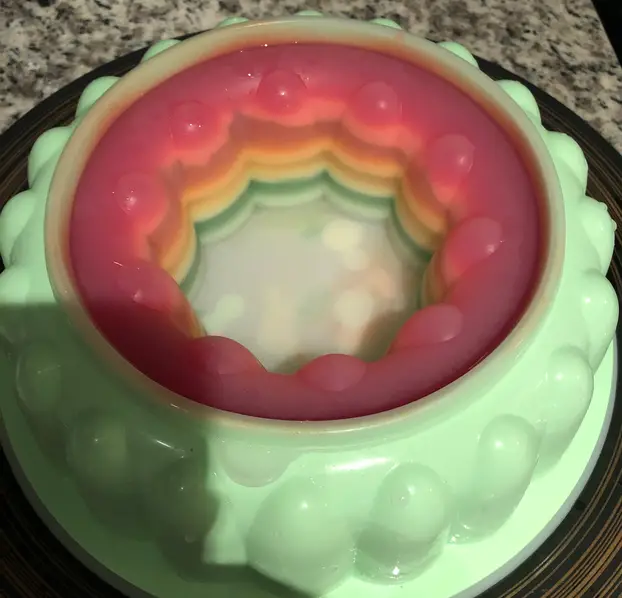
Shaped gelatin dishes were once a staple of fancy dinner spreads, and jelly molds were the secret weapon behind them. The problem was that getting the gelatin to set perfectly—and then actually come out of the mold in one piece—was an art form. More often than not, it resulted in a collapsed, wobbly mess. Serious Eats gives an overview of this item – and dessert’s – history as an American icon.
By the time the ‘70s rolled around, molded gelatin dishes had mostly fallen out of favor. Today, these molds are more likely to be used as quirky vintage décor than for actual food. Turns out, people were just fine without a gelatin sculpture at every gathering.
5. Flour Sifters
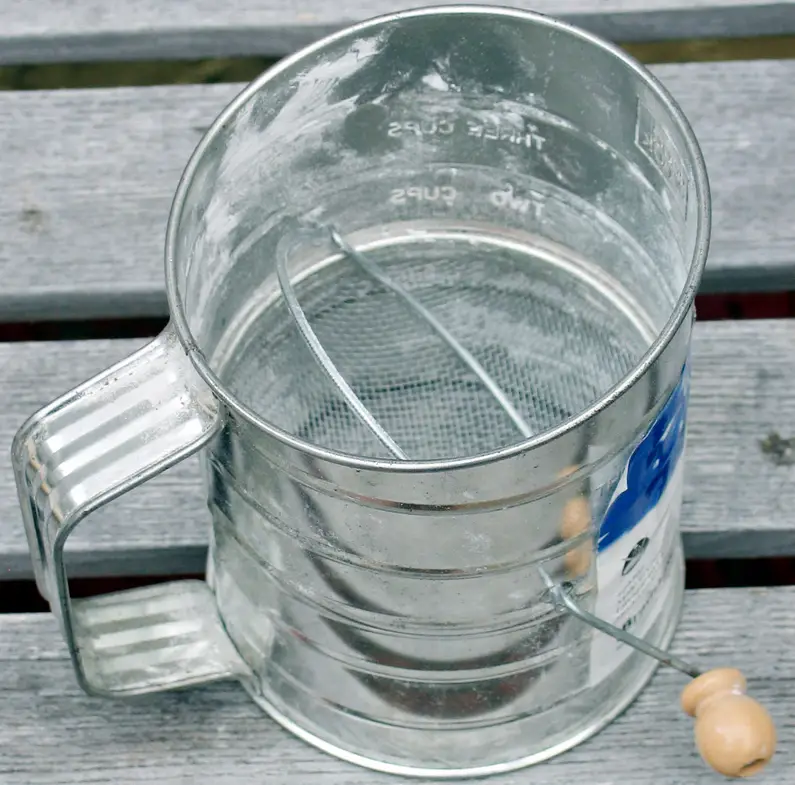
Flour sifters were meant to aerate flour and remove clumps, ensuring a smoother texture for baking. The issue? The hand-cranked models often jammed, got flour everywhere, and took forever to use. Not to mention, cleaning them was a dusty, powdery nightmare.
Most bakers eventually realized they could just use a whisk or shake the flour through a fine-mesh strainer. The extra step of cranking flour through a metal cylinder turned out to be more hassle than necessary. While some still swear by sifters, most people are happy to leave them in the past.
6. Hand-Cranked Ice Crushers
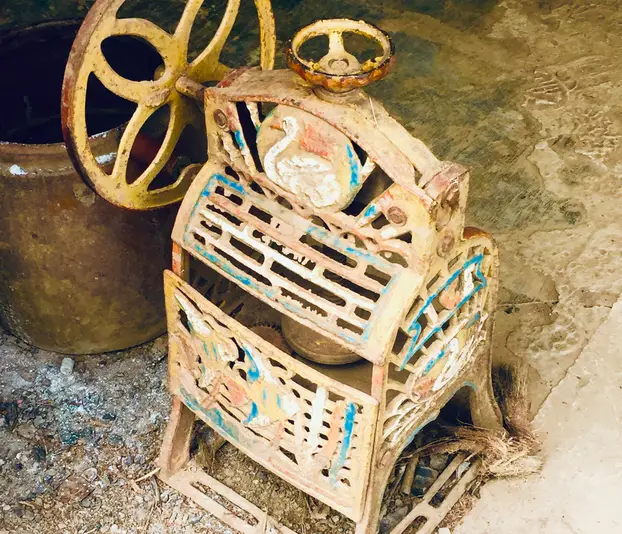
Before automatic ice makers and countertop ice crushers, people relied on hand-cranked ice crushers to break cubes into smaller pieces. It sounded easy, but in reality, these things were frustratingly slow, hard to turn, and often left you with uneven chunks of ice. If you needed enough ice for a party, you were in for an arm workout.
Blenders and electric crushers quickly replaced these outdated gadgets. Unless you wanted a real test of endurance just to cool your drink, the manual version was more trouble than it was worth. There’s a reason you don’t see them in modern kitchens anymore.
7. Cherry Pitters
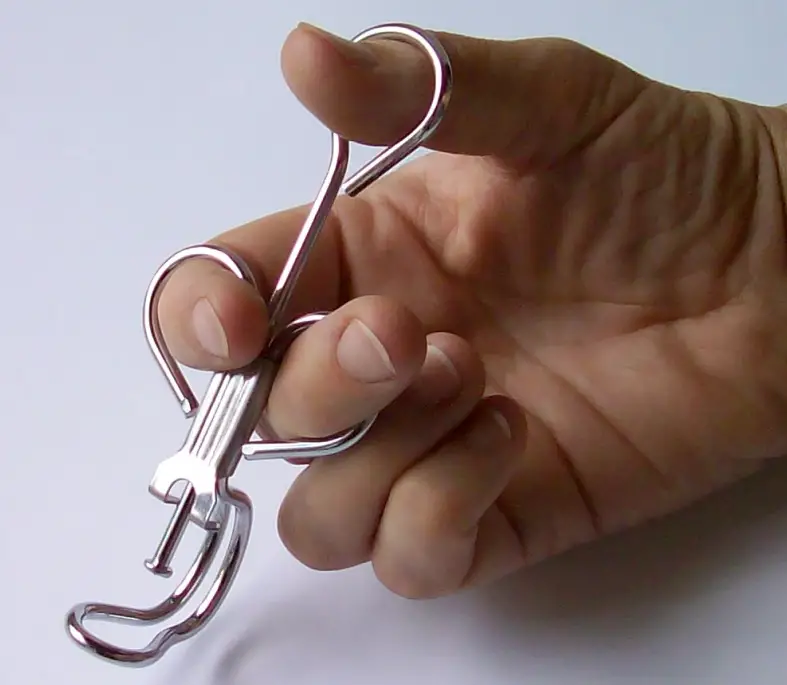
Cherry pitters were designed to remove pits from cherries quickly, but using them was anything but efficient. The small, fiddly contraptions often jammed, didn’t always remove the pit cleanly, and left juice splattering everywhere. And if you had a large batch of cherries to pit, you’d be at it for a long time.
Most people eventually realized that a knife—or even just their hands—was often a faster option. Unless you were making cherry pies every weekend, this gadget just ended up collecting dust. For something so simple, it caused more mess than it solved.
8. Rotary Cheese Graters
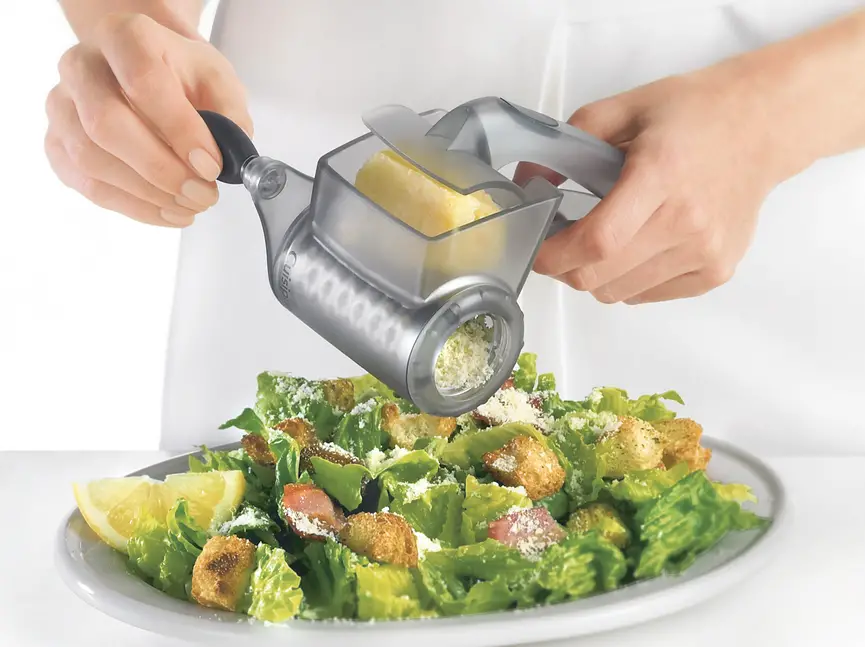
These handheld gadgets were supposed to make grating cheese easier, but they had a habit of being more frustrating than helpful. The tiny drum often clogged, the cheese would get stuck, and turning the handle required a surprising amount of force. Cleaning them was another ordeal, as bits of cheese always seemed to get trapped in the mechanism.
Box graters or pre-shredded cheese quickly made rotary graters unnecessary. While fancy restaurants might still use them for tableside Parmesan service, home cooks don’t miss the struggle. A good old-fashioned grater is simpler, faster, and way easier to clean.
9. Hand-Pumped Egg Poachers
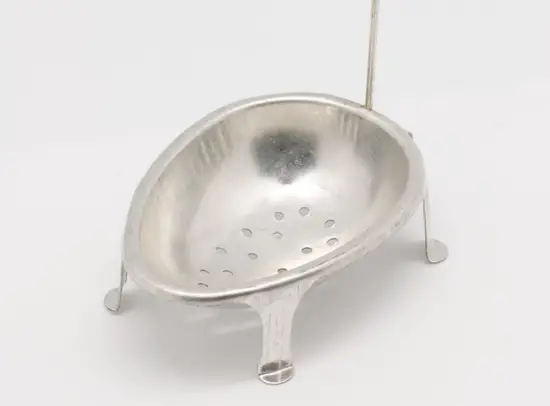
Egg poachers promised a quick way to get perfectly cooked eggs, but many of the vintage models required hand-pumping steam into the chamber. The process was finicky, and getting the eggs to come out just right took a lot of trial and error. More often than not, you ended up with watery, unevenly cooked eggs.
Modern nonstick egg poachers—or just good old-fashioned boiling water—proved to be far simpler. The hand-pumped models disappeared for a reason. When cooking eggs becomes an overly complicated science experiment, something has gone wrong.
10. Corn Holders with Decorative Handles

Corn on the cob is great, but those tiny plastic corn-shaped holders meant to keep your hands clean? Not so much. They were difficult to store, easy to lose, and if they weren’t inserted just right, they’d fall out mid-bite. Plus, washing them was just one more annoying step.
Most people realized a napkin—or just holding the cob—worked just fine. While they still exist, they’ve become more of a novelty than an essential gadget. If something requires more effort than it saves, it’s probably not worth keeping around.
11. Vintage Can Openers with Jagged Edges
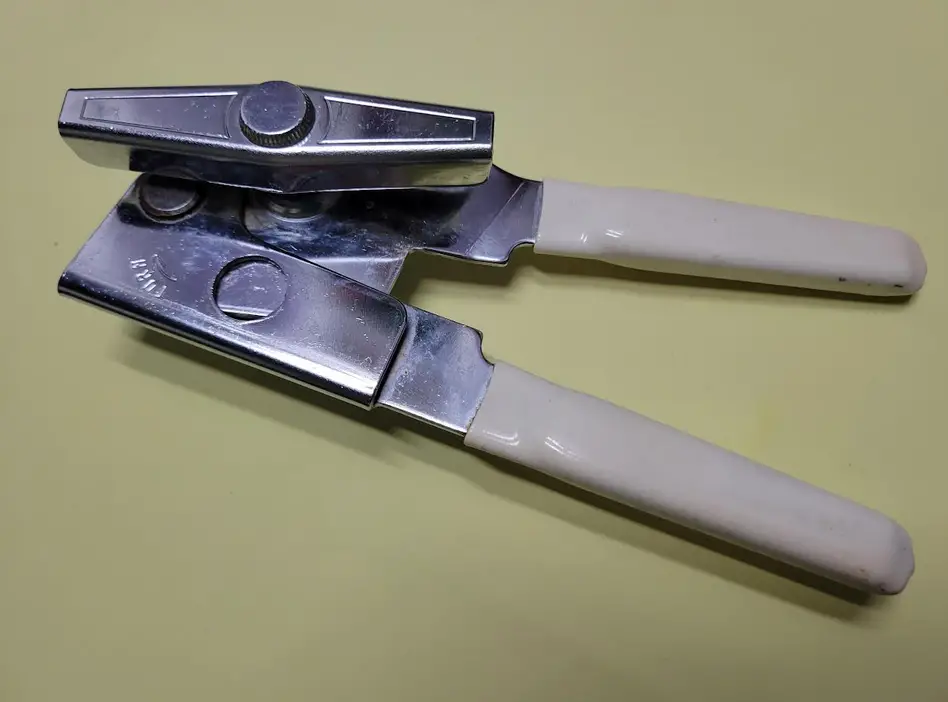
Before smooth-edge, easy-turn can openers, people had to wrestle with old-school metal can openers that left dangerously sharp edges. If you weren’t careful, opening a can felt like an accident waiting to happen. They also had a habit of getting stuck mid-turn, making the whole process even more frustrating.
Thankfully, modern designs have made opening cans effortless and much safer. The old-fashioned, finger-slicing versions are best left in antique shops. No one misses the stress of trying to pry open a can without injury.
12. Hand-Held Nutcrackers

Nutcrackers seemed like a great idea—until you actually had to use one. The handheld metal versions required a firm grip, often sent shell fragments flying, and sometimes cracked the nut into a useless pile of crumbs. For something as simple as cracking open a walnut, they made a surprisingly big mess.
Pre-shelled nuts and electric nutcrackers made these gadgets practically unnecessary. While decorative nutcrackers still have their charm, no one misses the struggle of manually cracking every single nut. Sometimes, simpler really is better.
The kitchens of the past were filled with gadgets that promised to make cooking easier, but many of them just created extra work. Whether they were hard to clean, tricky to use, or simply unnecessary, these vintage tools didn’t stand the test of time. While some still bring back fond memories, most home cooks are happy to leave them in the past.


